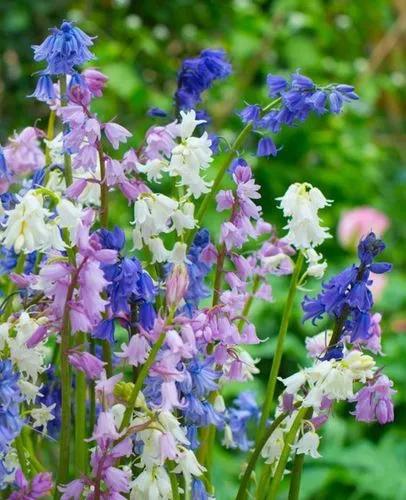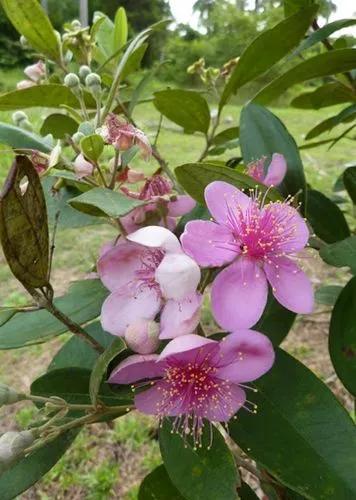Hydrangea Tiffany Violet is a beautiful flowering shrub that is cherished for its large, showy pink and purple blooms. This species is a member of the Hydrangeaceae family and can grow up to 6 feet tall and wide.
Hydrangea Tiffany Violet Care
Hydrangea Macrophylla



Hydrangea macrophylla 'Tiffany Violet' is a deciduous shrub that blooms in the summer months. The plant produces large, serrated leaves that can grow up to 8 inches (20cm) long and 6 inches (15cm) wide. The flowers grow in clusters and can be up to 12 inches (30cm) in diameter.
How to Care for the Plant

Water

Hydrangea 'Tiffany Violet' prefers consistently moist soil, so it is important to keep it evenly moist but not waterlogged. Water deeply once a week or more frequently if the weather is hot and dry.

Pruning

It is recommended to prune your Hydrangea during the spring season. Pruning should focus on removing only the withered flowerheads and any dead parts of the plant. When making cuts, place the pruning shears below the flowers and just above the new buds.

Fertilizer

Hydrangea Tiffany Violet benefits from regular fertilization, especially during the growing season. Use a balanced, slow-release fertilizer in the spring and again in mid-summer. Avoid fertilizers that are high in nitrogen, as this can cause the plant to produce more leaves than flowers.

Sunlight

Hydrangea macrophylla 'Tiffany Violet' prefers partial shade, but can tolerate full sun in cooler climates. In hotter climates, the plant should be provided with afternoon shade to prevent the leaves from becoming scorched.

Soil

Hydrangea prefers well-draining, nutrient-rich soil. The soil can be neutral acidic with a pH between 5.0 and 8.0. To increase the acidity of the soil, you may add sulfur, pine needles, or coffee grounds to the soil. To increase the alkalinity of the soil, you may add lime or wood ash.

Propagation

Hydrangea can be propagated through softwood cuttings taken in the early summer or hardwood cuttings taken in the late fall. Dip the cuttings in rooting hormone and place them in a well-draining potting mix. Keep the soil consistently moist and provide bright, indirect light.

Temperature

Hydrangea macrophylla 'Tiffany Violet' is hardy and prefers temperatures between 60-70°F (16-21°C). The minimum winter temperature can be 5˚F (-15˚C). In areas with hot, dry summers, it is important to provide afternoon shade to prevent the plant from becoming stressed.

Container

Hydrangea macrophylla 'Tiffany Violet' can be grown in containers, making them a great addition to patios, balconies, and other small spaces. When planting in a container, it is important to choose a pot that is at least 2-3 inches (5-8cm) bigger in diameter than the root system to allow for proper root growth. Your pot should have some drainage holes so water can run out freely.

Fun fact

Unlike Hydrangea macrophylla, Tiffany has cap-like flowers, blue or pink in color, with twisted petals. You can change the color of the flowers by altering the pH of the soil: acidic soil will produce more purple blooms, while alkaline soil will produce pink blooms.

Popularity

72,935 people already have this plant 5,914 people have added this plant to their wishlists
Discover more plants with the list below
Popular articles






